Changing a shower faucet may seem like a daunting task.
However, with the right tools and some professional knowledge, most DIY enthusiasts can complete this task.
The time required to replace the shower faucet may vary. This largely depends on factors such as your level of experience, faucet type, and existing pipeline condition.
In this article, we will guide you through the entire process. We will provide a step-by-step guide on how to replace shower faucets and discuss the time typically required.
Whether you're replacing an old shower faucet or installing a modern square shower faucet, this guide will be of help.
Stay tuned to learn more about shower faucet installation time, and how to handle old shower faucet replacement parts.
Understanding Shower Faucet Installation Time
The time it takes to install a shower faucet can vary greatly.
For a seasoned DIY enthusiast or a professional plumber, the process can take as little as one hour. However, if you're new to plumbing tasks, it might take up to three hours or more.
This time frame includes removing the old faucet, cleaning the area, and installing the new one. It also accounts for time spent checking for leaks and making necessary adjustments.
Here's a rough breakdown of the time you might spend on each step:
-
Removing the old faucet: 20-30 minutes
-
Cleaning and preparing the area: 10-20 minutes
-
Installing the new faucet: 30-60 minutes
-
Checking for leaks and making adjustments: 10-30 minutes
Factors Influencing Installation Time
Several factors can influence the time it takes to install a shower faucet.
Firstly, your experience level plays a significant role. If you're familiar with plumbing tasks, you'll likely complete the job faster than a novice.
The type of faucet you're installing can also affect the time. For instance, a square shower faucet might take longer to install than a standard one due to its unique shape and installation requirements.
Lastly, the condition of your existing plumbing can impact the installation time. If your pipes are old or corroded, you might need to spend extra time preparing the area or making adjustments.
Here are some factors that can influence the installation time:
-
Your experience level
-
The type of faucet (e.g., square shower faucet)
-
The condition of your existing plumbing
-
The need for additional parts or modifications
-
Unexpected issues such as corrosion or damaged pipes
Tools and Materials Needed
Before you start the installation process, make sure you have all the necessary tools and materials.
Having everything at hand will not only speed up the process but also ensure a smooth and successful installation.
Here's a list of the tools and materials you'll need:
-
Adjustable wrench
-
Plumber's tape
-
Screwdriver
-
Drill (optional, depending on your shower faucet model)
-
New shower faucet (e.g., square shower faucet)
-
Old shower faucet replacement parts (if necessary)
Step-by-Step Guide to Replacing Your Shower Faucet

Replacing a shower faucet might seem daunting, but with the right tools and a bit of patience, it's a task you can handle.
Here's a step-by-step guide to help you through the process.
First, turn off the water supply.
This is a crucial step to prevent water from gushing out when you remove the old faucet.
Next, prepare your workspace.
Ensure you have all your tools within reach and a towel or bucket to catch any residual water.
Removing the Old Shower Faucet
Start by removing the old shower faucet.
Use your adjustable wrench to loosen and remove the faucet handle and trim plate.
Be careful not to damage the wall or tiles in the process.
Once the old faucet is removed, clean the area thoroughly to ensure a proper seal for the new faucet.
Installing the New Shower Faucet
Now, it's time to install the new shower faucet.
Start by wrapping plumber's tape around the threads of the new faucet's pipe fittings.
This helps prevent leaks at the connection points.
Next, align the new faucet with the existing plumbing and secure it in place with the provided screws.
Finally, turn the water supply back on and check for leaks.
If everything is sealed properly, your new shower faucet is ready to use!
Selecting the Right Shower Faucet
Choosing the right shower faucet is crucial for both functionality and aesthetics.
Consider the type of valve, the number of handles, and the style that best fits your bathroom decor.
Square Shower Faucets: A Modern Choice
Square shower faucets are a popular choice for modern bathrooms.
They offer a sleek design and are often easier to clean than traditional round faucets.
Remember, the right shower faucet can enhance your shower experience and add value to your home.
Dealing with Old Shower Faucet Replacement Parts
When replacing a shower faucet, you'll likely encounter old parts that need to be handled.
Some of these parts can be reused, while others may need to be replaced.
It's important to know when to replace versus repair. If a part is worn out or damaged, it's usually best to replace it to ensure a proper and leak-free installation.
After Installation: Checking for Leaks and Final Touches
Once the new shower faucet is installed, it's crucial to check for leaks. Turn on the water and observe the faucet and connections for any signs of water escaping.
If no leaks are detected, you can proceed with the final touches, such as cleaning the area and re caulking if necessary.
When to Call a Professional
Although many people can successfully install shower faucets themselves, sometimes professional assistance is also needed. If you encounter complex pipeline issues or are unsure about any steps in the process, it is best to call a professional.
Please remember that improperly installed shower faucets can cause leaks and water damage. Therefore, if you have any questions, please feel free to seek expert assistance at any time.



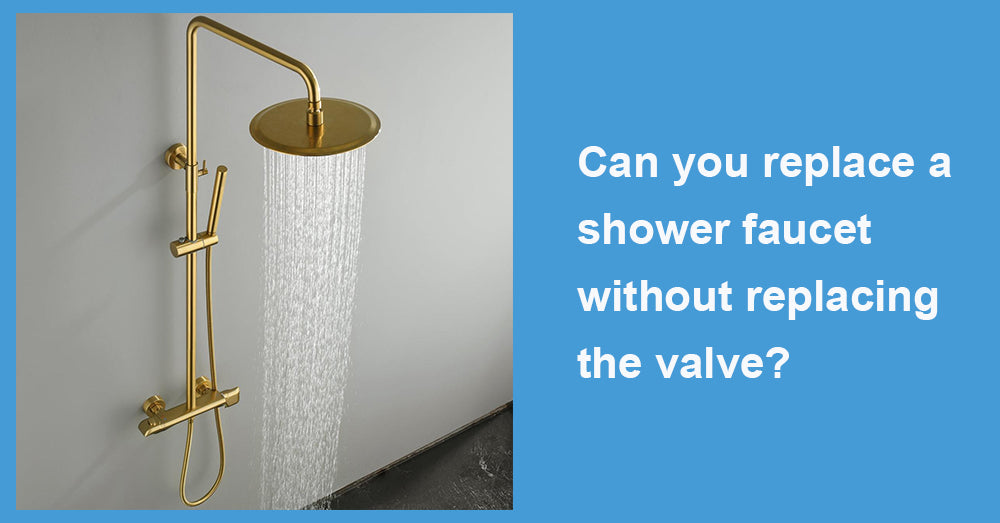
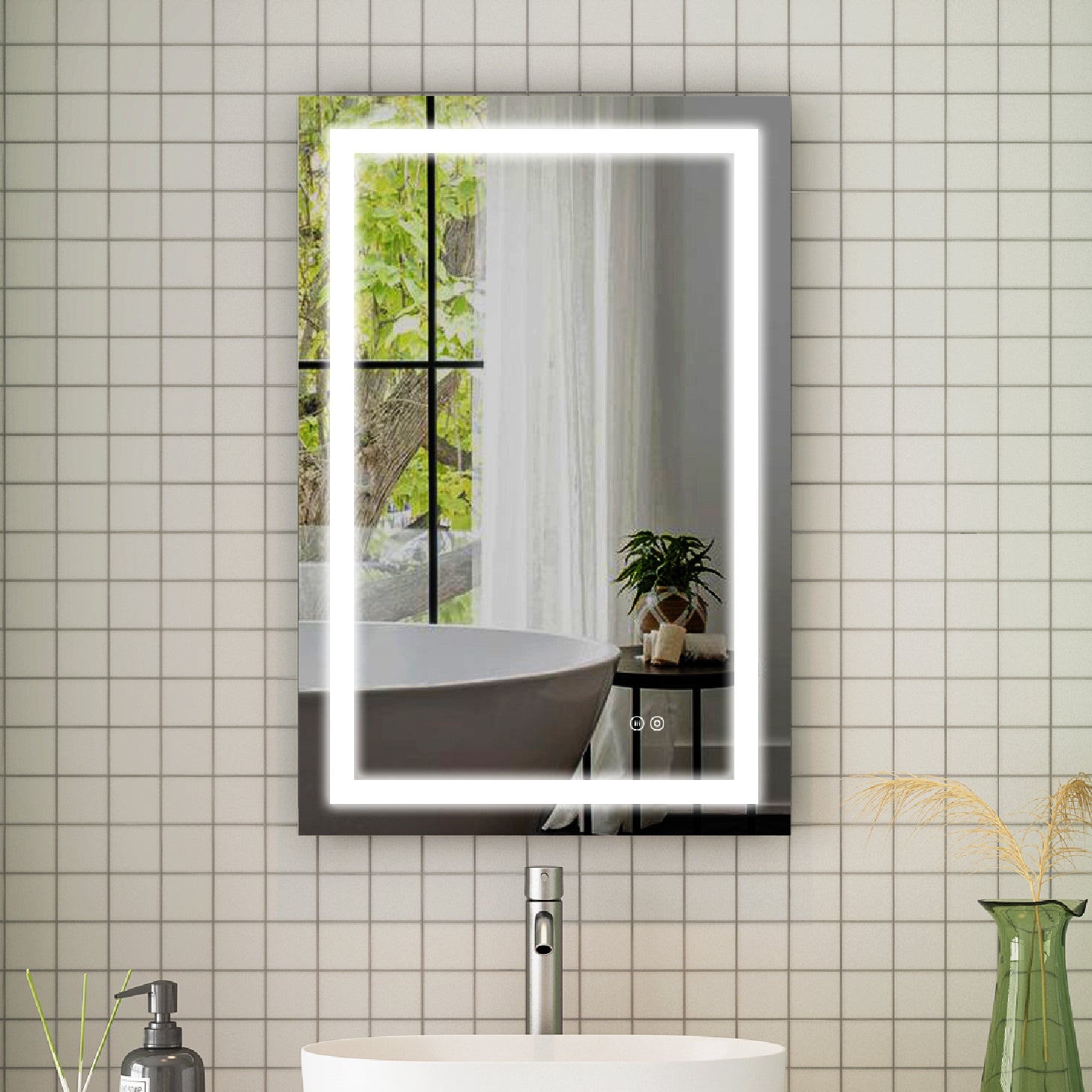

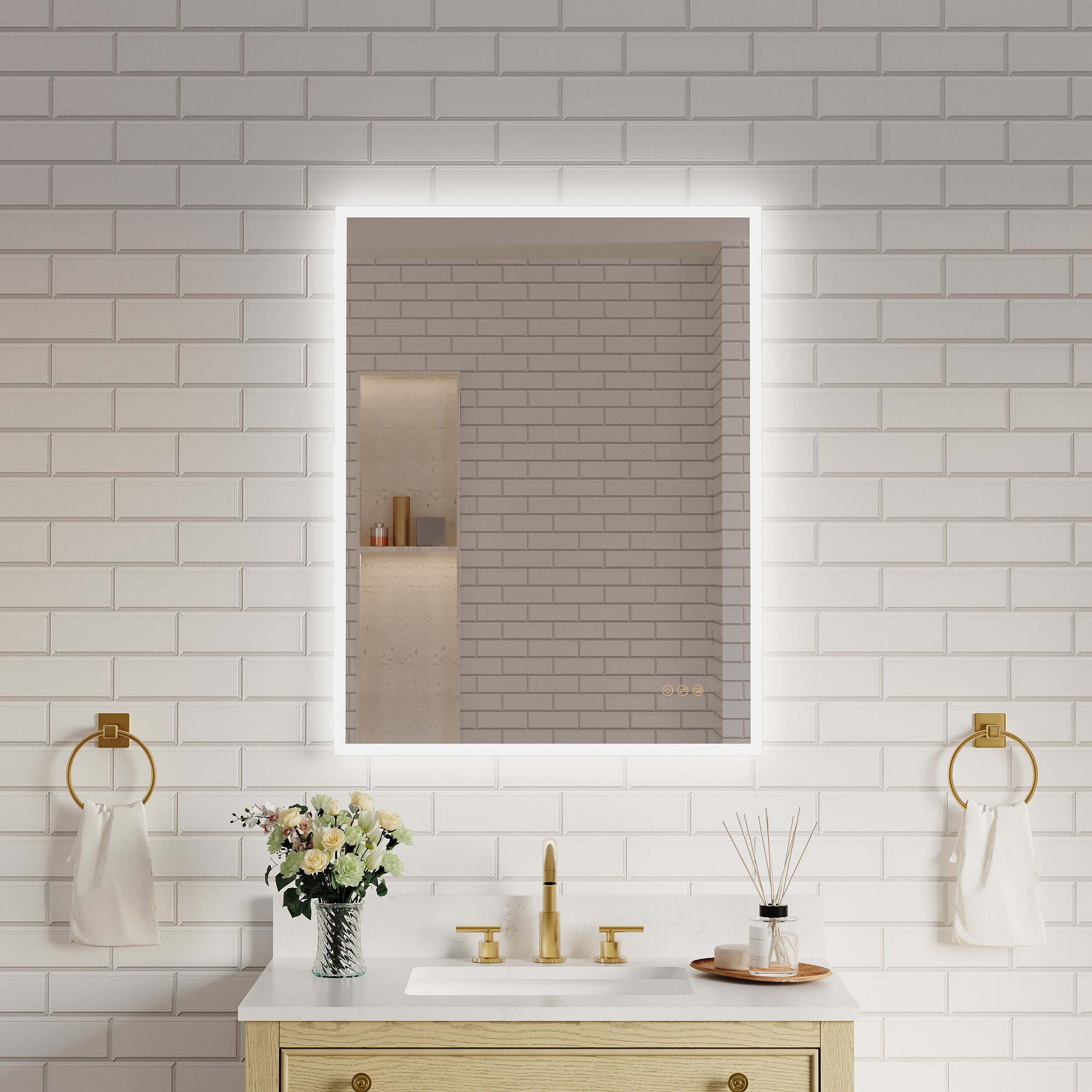


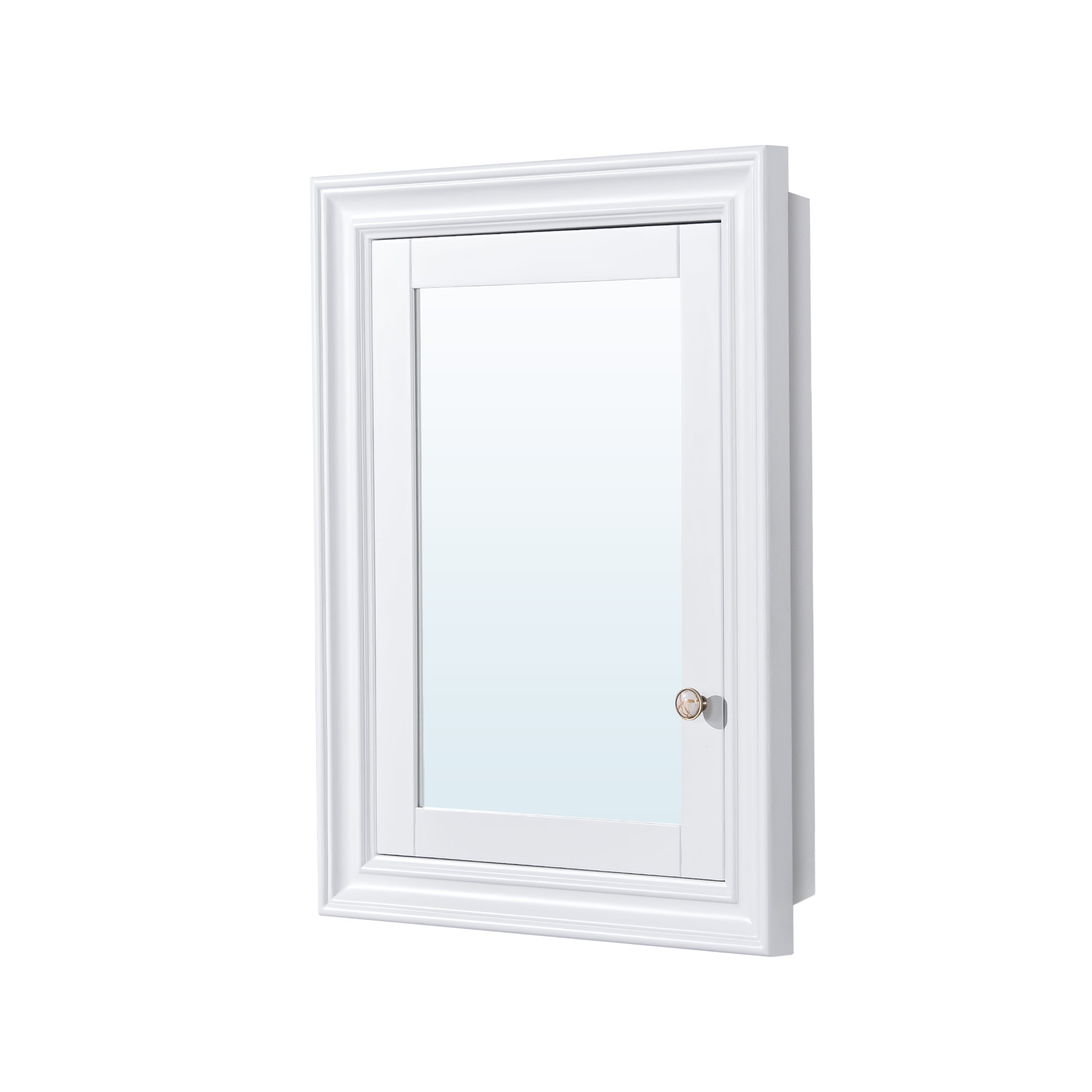
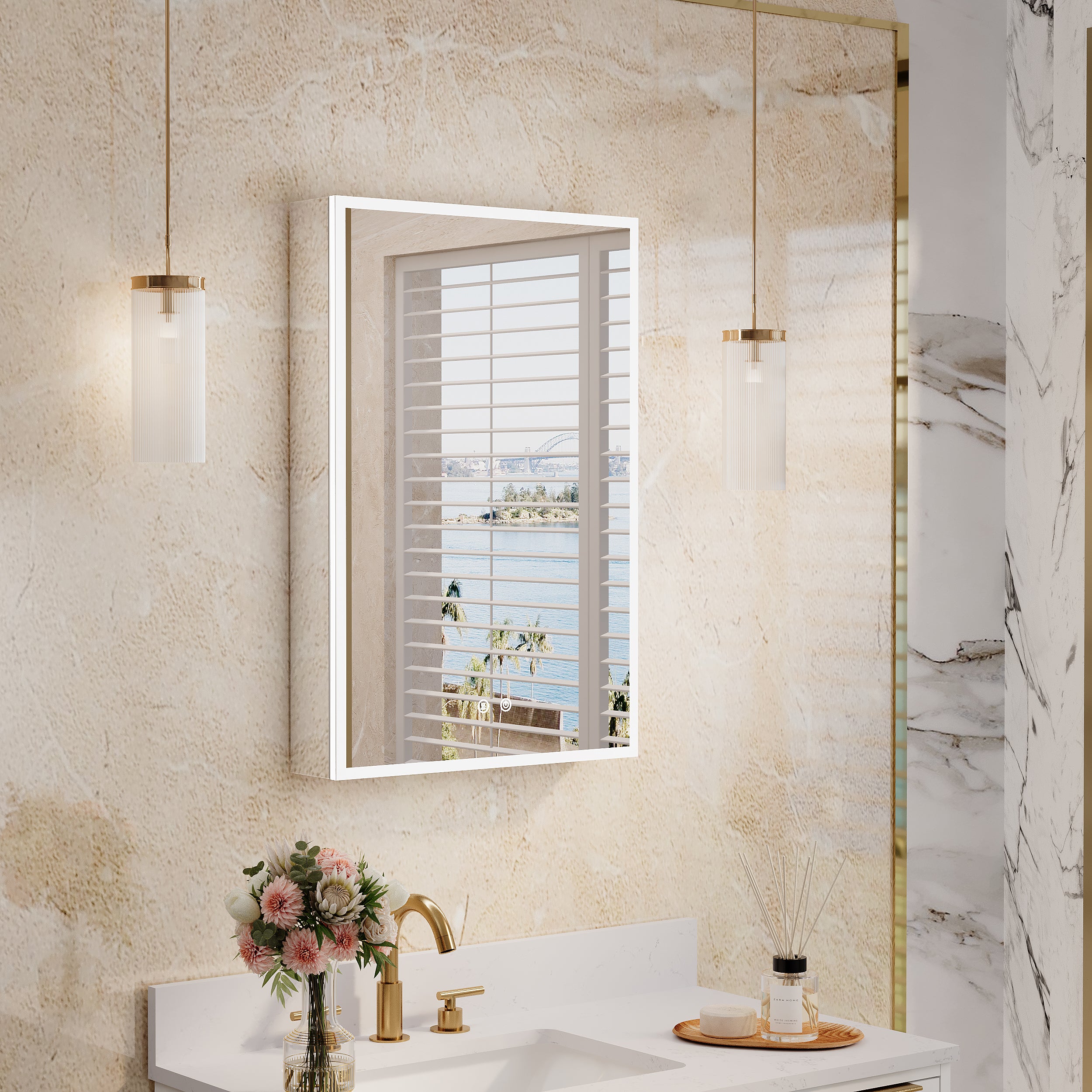
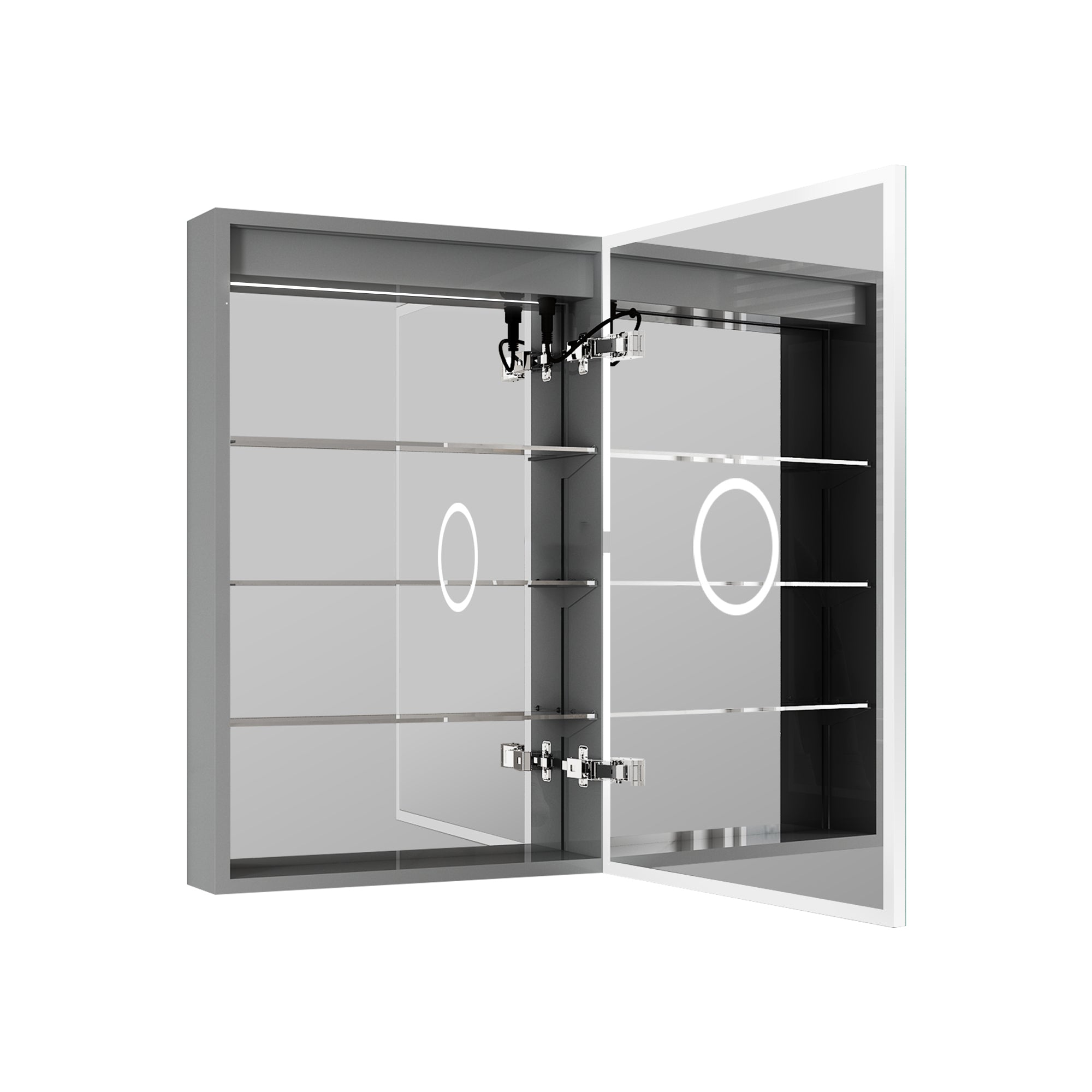
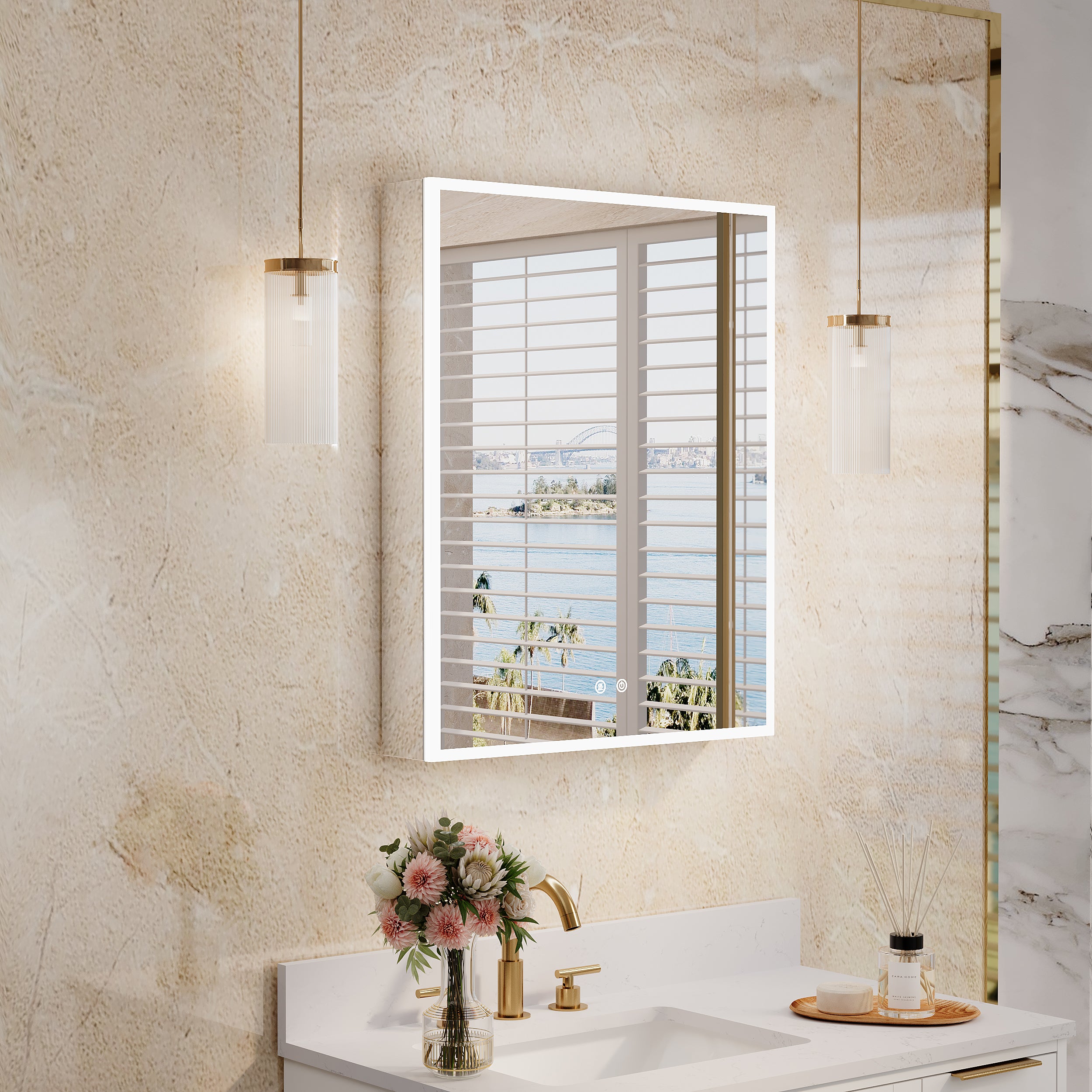
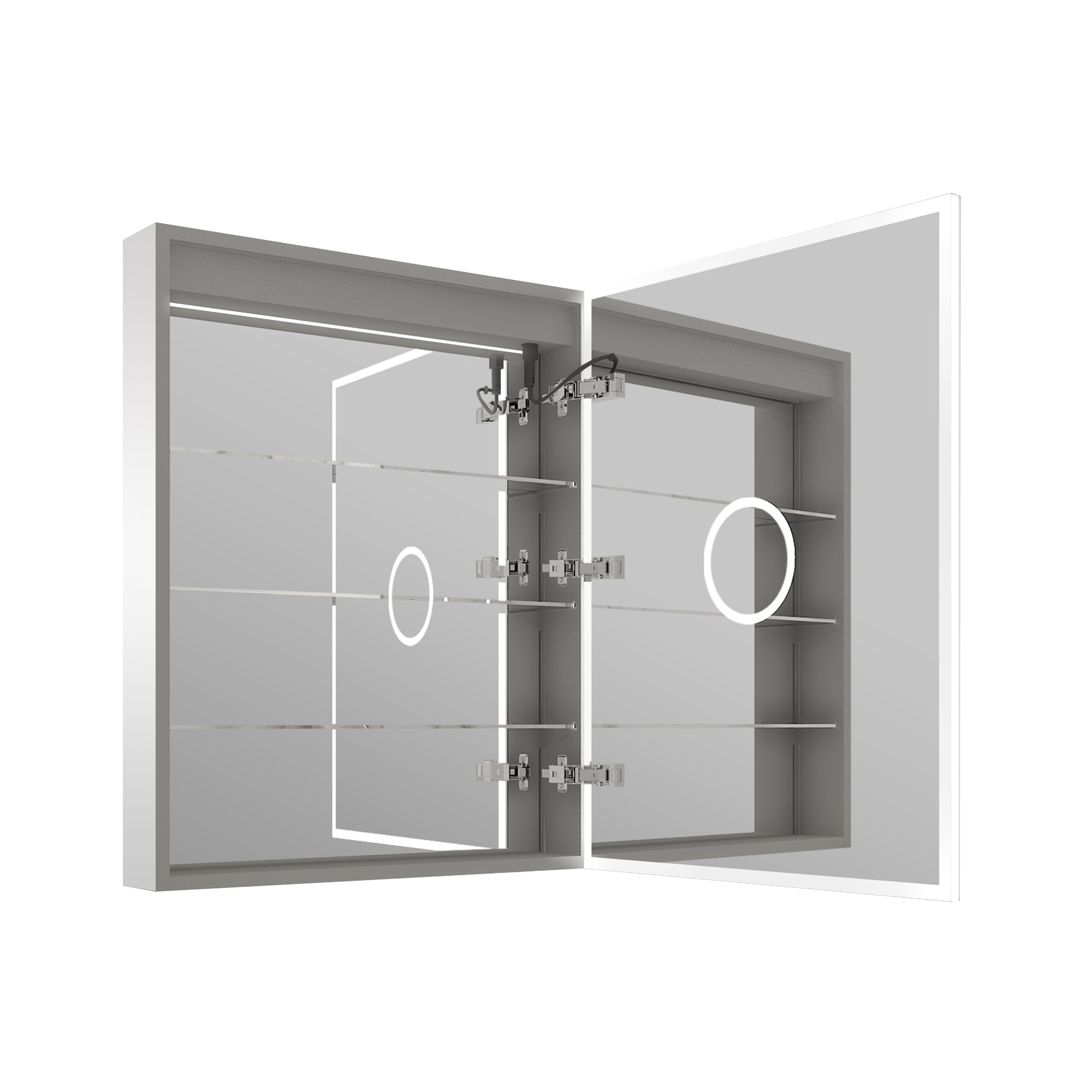
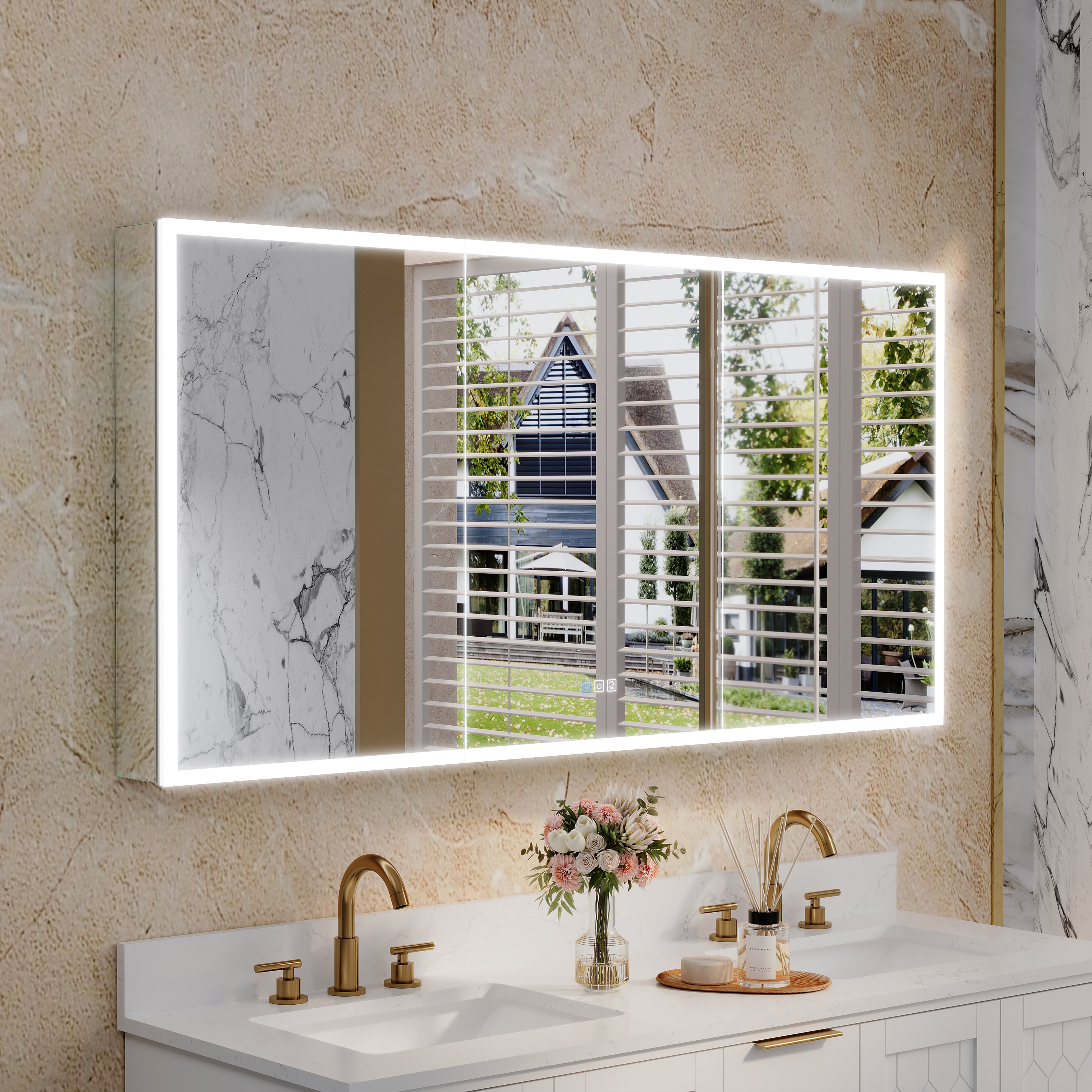
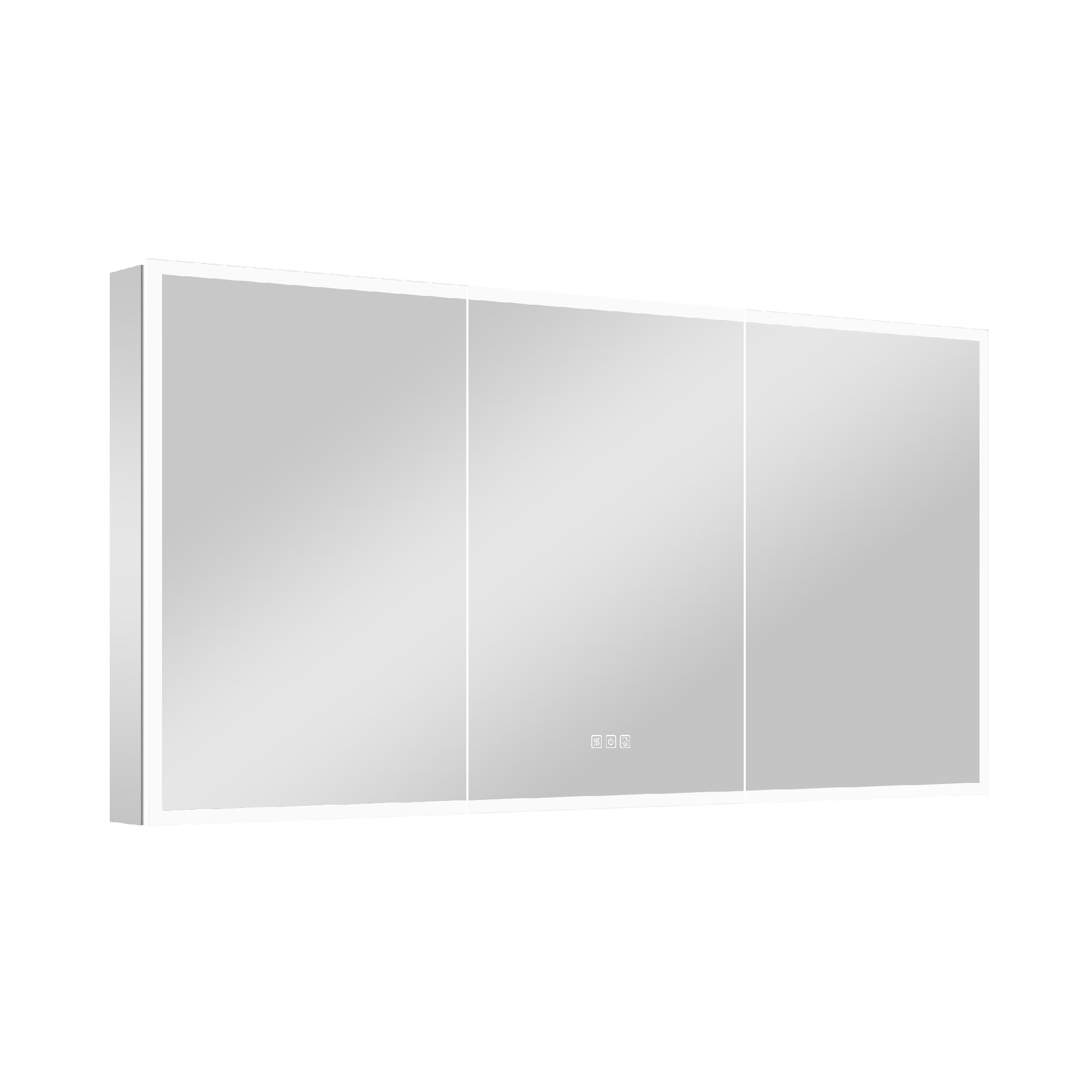
Leave a comment
This site is protected by hCaptcha and the hCaptcha Privacy Policy and Terms of Service apply.